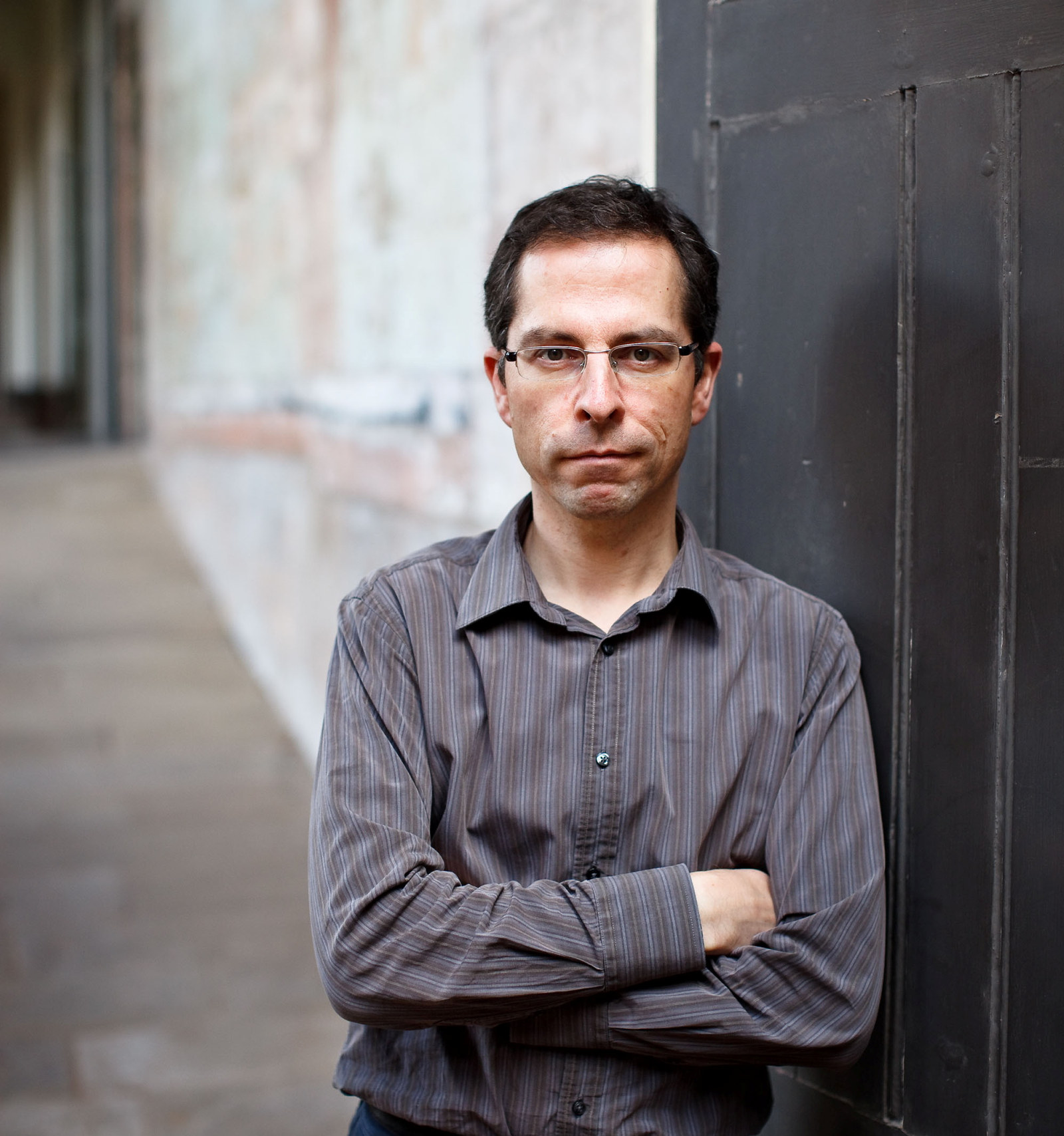Papier mâché cornice
Rather than a plaster cornice, why not try papier mâché?
In the mid-19th century, papier mâché was used as an alternative to plaster for architectural mouldings like cornices and ceiling roses. It was first imported into Australia in the 1830s and was soon installed into houses like the Scott brothers’ Glendon near Singleton, TS Mort’s Greenoaks (now Bishopscourt) at Darling Point and Edward Cox’s Fernhill at Mulgoa.
Papier mâché had long been made into smaller decorative items like snuff boxes, trays and picture frames, which were usually lacquered and painted. But once manufacturing techniques improved, papier mâché proved itself ideal for architectural ornament as it was light, strong, easily fitted and could be moulded into a myriad of designs. Once installed, it did not need to dry (like plaster) before being painted, gilded or grained.
Papier mâché was made by pulping or layering paper with various binders and additives, then pressing it into moulds, waterproofing and hardening it with linseed oil before being dried. The English were the main manufacturers of papier mâché for architectural ornament. In addition to a variety of wall and ceiling mouldings in various styles, Charles F Bielefeld used papier mâché to manufacture complete columns, corbels, ceiling centres and frames for mirrors and pictures. By 1847, Bielefeld employed ‘not less than one hundred’ staff and began experimenting with larger papier mâché constructions. Bielefeld made giant Corinthian capitals, 22 feet in circumference, for an Australian bank, as well as large panels for steamships and even complete prefabricated houses.
Although papier mâché remained well used for architectural mouldings in England throughout the 19th century, in Australia the development of hemp-reinforced plaster meant that papier mâché was seldom used beyond the 1860s.
Published on
Related

Wallpaper
Wallpaper printing rollers: from machine printing to 3D capture
In December 2022, Phyllis Murphy AM generously donated to the Caroline Simpson Library more than 3,000 wallpaper samples. While the bulk of the donation consists of wallpaper rolls, lengths and sample books, it also includes two printing rollers

House photo albums
These specially produced photograph albums (some in published form and others consisting of photographs pasted into an album) comprise images of one or more domestic dwellings and depict exteriors, interiors and gardens in NSW mostly from the late 19th to the early 20th centuries

Richard Stringer’s architectural photographs, 1968–2003
This portfolio contains 55 photo prints taken by architectural photographer Richard Stringer, dating from 1968 to 2003, documenting significant Australian domestic buildings

Barry Wollaston: historic buildings in the county of Cumberland (NSW), 1954
This collection consists of 232 photo negatives by architect and photographer Barry Wollaston of buildings in the Sydney region considered by the Royal Australian Institute of Architects in the early 1950s to be of architectural and historical value
